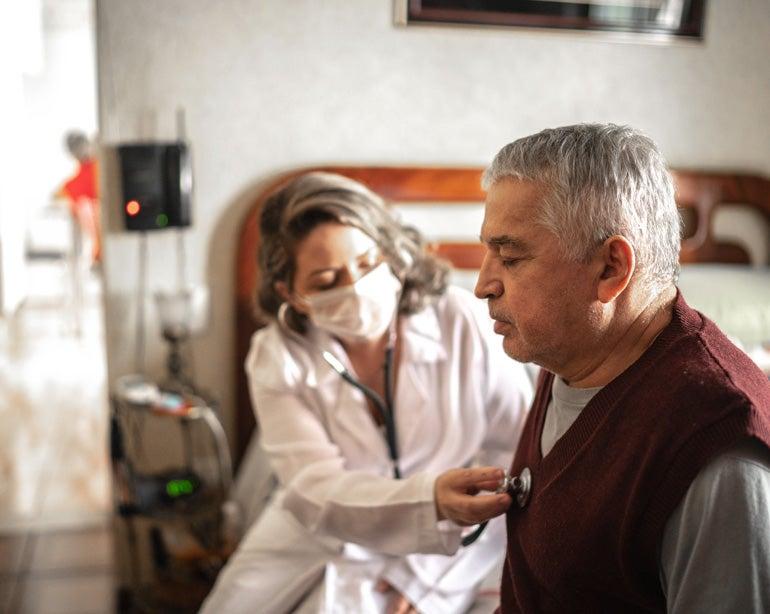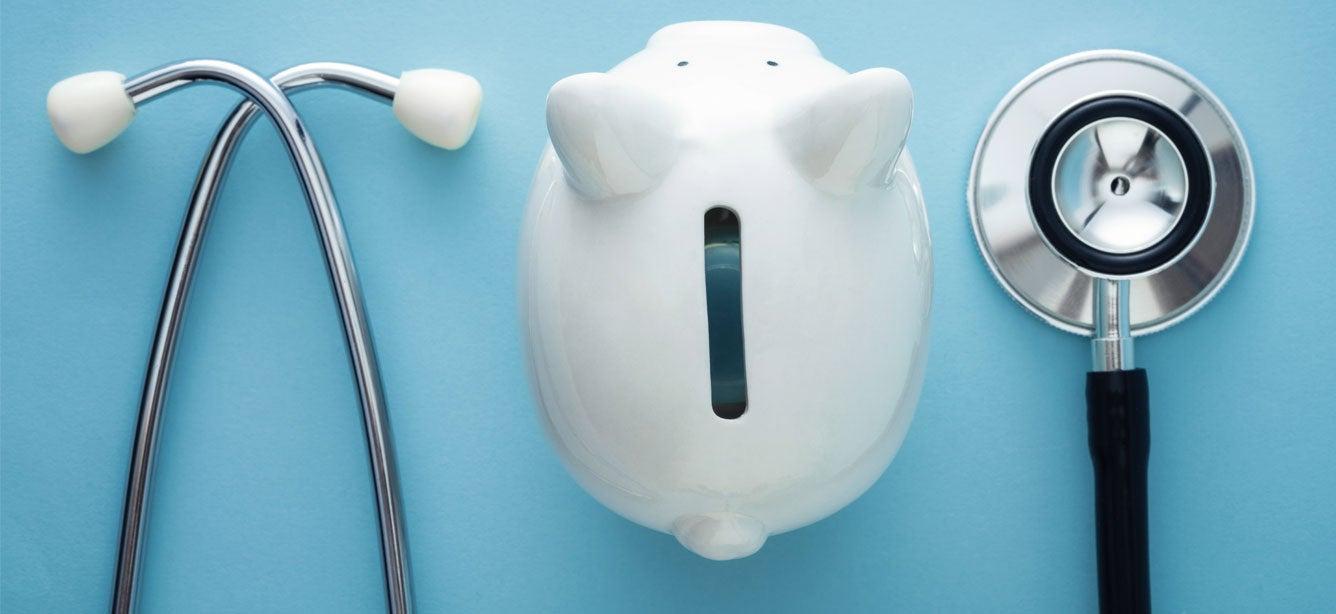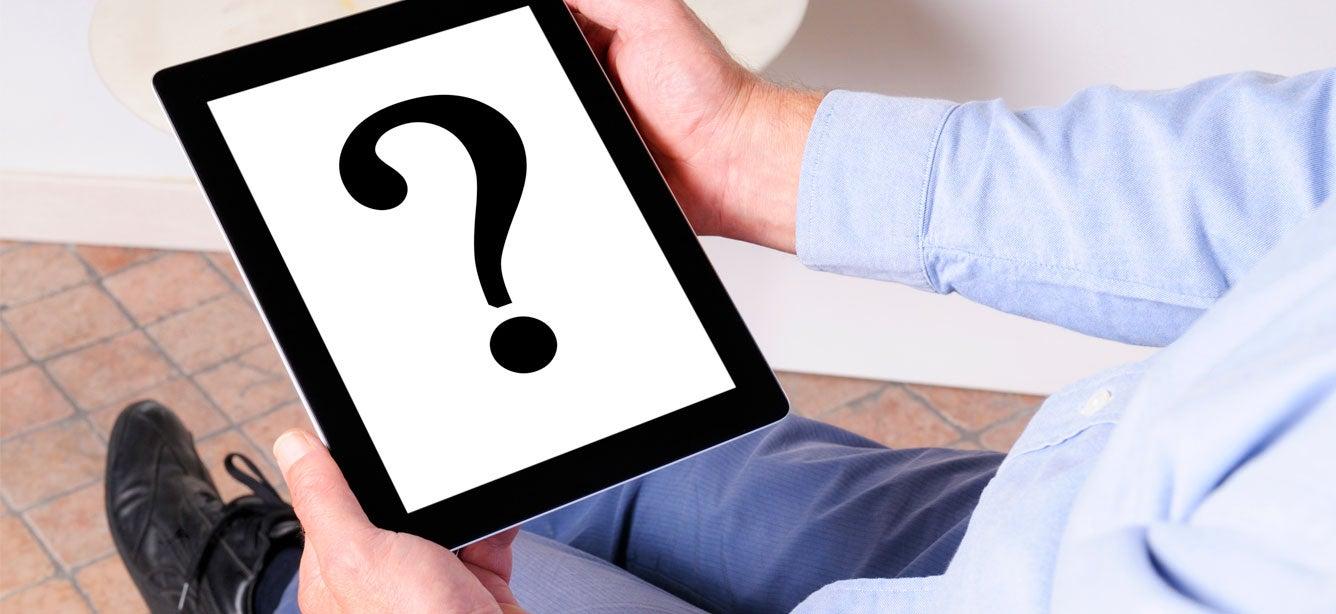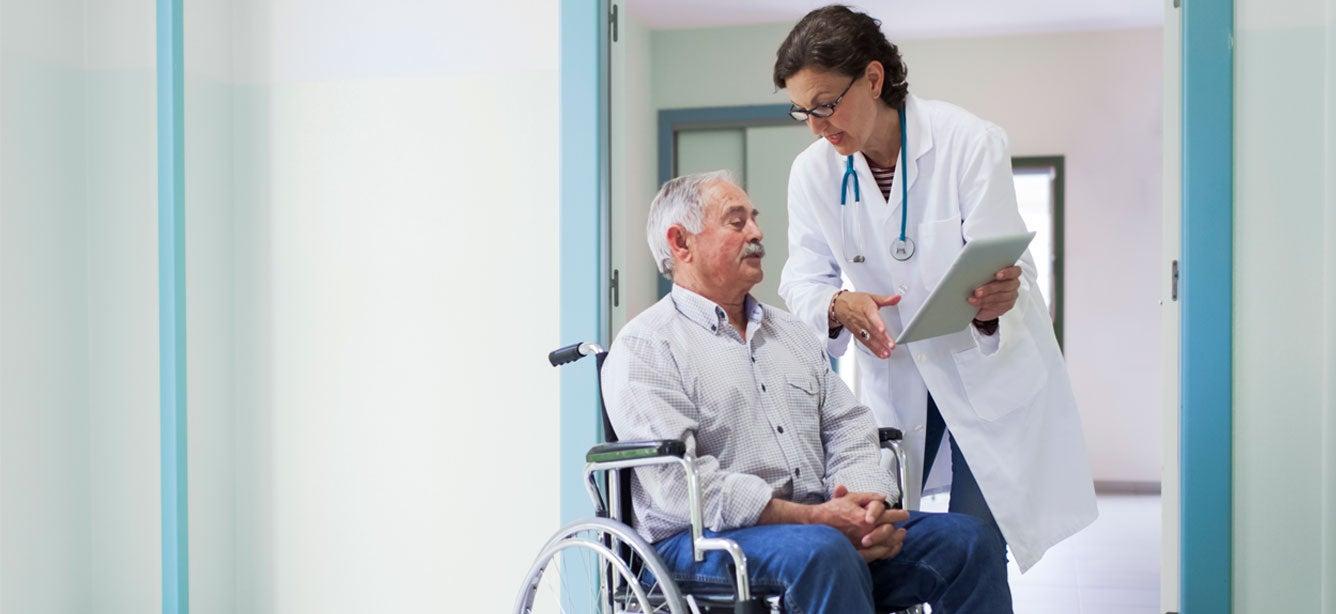Medicare

Benefits Programs: Enrollment & Eligibility 101
There are several core benefits that can help people with low income afford the basic costs of living. Our Benefits 101 slide decks can be downloaded and tailored for your use in your community.
Find benefits with NCOA's online tool.
NCOA's BenefitsCheckUp® connects older adults and people with disabilities with benefits to help pay for health care, medicine, food, and more. It's simple, free, and confidential.
About the Center for Economic Well-Being
The Center for Economic Well-Being helps organizations enroll adults 65+ and younger adults with disabilities with limited means into the benefits programs they are eligible for so they can remain healthy and improve the quality of their lives. Learn more about our work, including the training and technical assistance NCOA provides.
More Stories
When Is the Medigap Open Enrollment Period?
Dec 11, 2025
How to Change Your Medigap Policy: A Guide
Dec 11, 2025








